Trump rattles markets with fresh tariff threats on EU, Apple
Published in Political News
WASHINGTON — President Donald Trump threatened a sweeping 50% tariff on the European Union and a 25% levy on Apple Inc. if the tech giant failed to move iPhone manufacturing to the U.S., reigniting investor fears about his trade agenda.
Trump said Friday in a social media post that the higher charge on the E.U. would start on June 1 because “our discussions with them are going nowhere,” adding that he saw the bloc as “very difficult to deal with.”
Equities dropped, with the S&P 500 Index sinking about 1% before paring losses after U.S. Treasury Secretary Scott Bessent said several trade deals may be struck in the coming weeks. Apple led a selloff in tech, falling 2.5%. The dollar slid toward its lowest since 2023 and Treasuries rose across the curve, joining a rally in other havens.
“The president was getting frustrated with the E.U.,” Bessent said on Bloomberg Television after Trump’s message. Earlier on Fox News, Bessent said the group’s trade offer is worse than other countries’ and expressed hope “this would light a fire under the E.U.”
Bessent did not make similar comments this week during a Group of Seven finance ministers’ meeting and appeared keen on improving relations with Europe, according to a person familiar with the discussions. The Treasury Department did not immediately respond to a request for comment.
Separately, Trump posted that he already told Apple the company’s popular smartphones should be made in the U.S. and that he was nonplussed by its effort to partially move production from China to India. The comments came days after a meeting between the president and Apple Chief Executive Officer Tim Cook, which was disclosed by a White House official.
The president’s missives represented a fresh round of trade brinkmanship, after previously indicating he was looking to wind down talks with partners over his April 2 duties, which he paused for 90 days to allow for negotiations. Trump’s attention this week has mostly been focused on a massive tax and spending package currently being considered by the U.S. Congress.
Trump’s latest posturing comes after the E.U. earlier this week shared a revived trade proposal with the U.S. in a bid to jump-start talks. The E.U.’s trade chief, Maros Sefcovic, is planning to hold a call with Jamieson Greer, his U.S. counterpart, on Friday to take stock of negotiations, a European Commission spokesperson said before Trump’s post.
A spokesperson for the commission declined to comment on the president’s threat ahead of the discussion.
Irish Prime Minister Micheal Martin called Trump’s suggestion “enormously disappointing.”
“Tariffs are damaging to all sides,” Martin posted on X. “A negotiated outcome is the best possible result for both sides, as well as for global trade.”
Trump’s latest tariff threat would hit $321 billion worth of U.S.-E.U. goods trade, lowering U.S. gross domestic product by close to 0.6% and boosting prices by more than 0.3%, according to Bloomberg Economics calculations.
The new E.U. framework includes measures that take into account U.S. interests, including international labor rights, environmental standards, economic security and gradually reducing tariffs to zero on both sides for non-sensitive agricultural products as well as industrial goods, according to people familiar with the matter.
It also outlined areas where the U.S. and E.U. could cooperate, such as mutual investments and strategic procurement in energy, artificial intelligence and digital connectivity.
Others in Europe saw Trump’s threats as an attempt to gain leverage on the bloc rather than an ironclad directive.
“This is all part of the negotiation; we will look calmly at the proposals and respond robustly and firmly,” Dutch Prime Minister Dick Schoof said Friday during a weekly press conference.
But there were signals the negotiations were not proceeding well. One E.U. official described a prior U.S. proposal as a wish list of unrealistic and unilateral demands, Bloomberg reported earlier. The E.U. is aiming to cooperate with the U.S., and is seeking a balanced and mutually beneficial deal. E.U. officials and many member states remain skeptical that the Trump administration is driven by similar goals.
U.S. Commerce Secretary Howard Lutnick on Wednesday said at an Axios event that some trade negotiations had proved “impossible.”
“Like the European Union — it’s just very difficult because, you know, Germany would like to make a deal, but they’re not allowed,” Lutnick said.
That echoed comments last week from Bessent, who said the bloc suffers from a “collective action problem” on trade.
Trump, in his social media post, reiterated his claim that the E.U. — which was established to promote peace and stability in Europe following World Wars I and II — had been “formed for the primary purpose of taking advantage of the United States on TRADE.”
The E.U. plans to move forward with preparing countermeasures if negotiations fail to produce a satisfactory outcome. The trade bloc has put together plans to hit €95 billion of U.S. exports ($107 billion) with additional tariffs in response to Trump’s “reciprocal” levies and 25% tariffs on cars and some parts.
European nations agreed earlier this month to delay for 90 days the implementation of a separate set of retaliatory duties against the U.S. over 25% levies Trump imposed on the bloc’s steel and aluminum exports. That move came after Trump lowered his so-called reciprocal rate on most E.U. exports to 10% from 20% for the same amount of time.
“We are maintaining the same line: de-escalation, but we are ready to respond,” French trade minister Laurent Saint-Martin posted Friday on X.
Nations and trading blocs have been racing to cut deals with Trump to avoid the higher tariffs before the pause on reciprocal tariffs expires.
Already, the U.K. was able to secure a framework agreement that spared its automobile industry while China and the U.S. agreed to reduce crippling tit-for-tat tariffs that threatened to virtually end trade between the two nations. And Trump administration officials have indicated they expect a flurry of additional announcements over the coming two weeks.
“It is not surprising that Trump is turning his sights to Europe now that the U.S. and China have agreed on a trade truce,” said Agathe Demarais, senior policy fellow at the European Council on Foreign Relations, adding that Trump’s demands “appear to reflect deep U.S. frustration with the E.U.’s” deliberate approach, which clashes with his desire “to quickly ink sexy-looking deals even if they mean very little in practice.”
Hours before targeting the E.U. and Apple, Trump initiated a phone call with Japanese Prime Minister Shigeru Ishiba to discuss tariffs. Japanese trade negotiator Ryosei Akazawa is expected to arrive in Washington soon for a third round of trade talks with Greer and Lutnick, according to Japanese media reports.
But Trump has also indicated he’s not done with his tariff program. Trump in recent days has signaled he intends to press ahead with plans for import taxes on semiconductors and pharmaceutical imports, and has threatened charges on foreign-made films and aircraft parts.
----------
—With assistance from Alan Katz, Catherine Lucey, Ewa Krukowska, Olivia Fletcher, Patrick Van Oosterom, Jorge Valero, Maeva Cousin, Rana Sajedi, David Westin, Brendan Murray, Akayla Gardner and Daniel Flatley.
©2025 Bloomberg L.P. Visit bloomberg.com. Distributed by Tribune Content Agency, LLC.
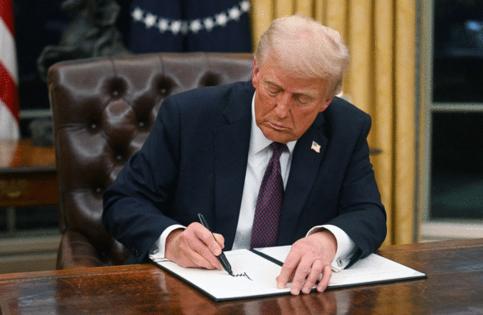


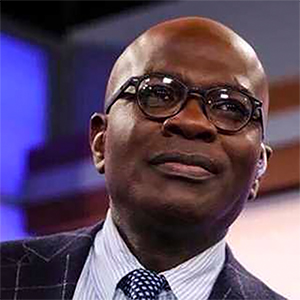





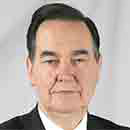

















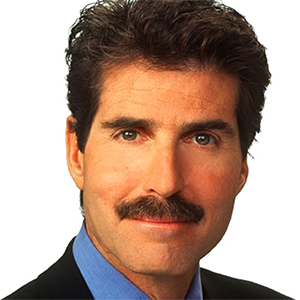

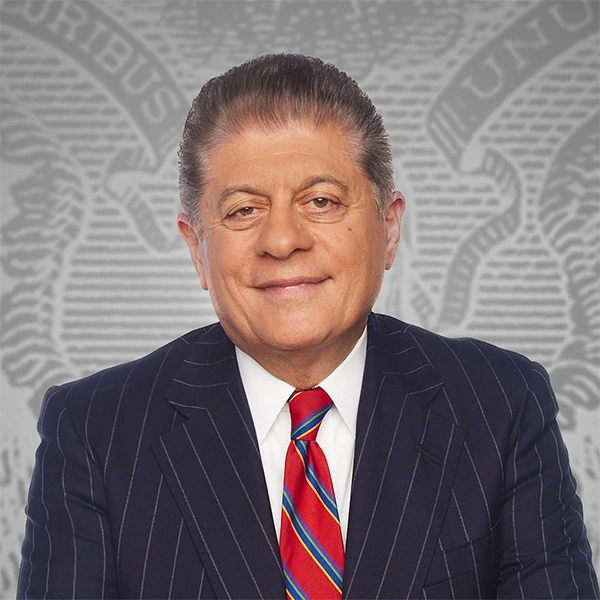




















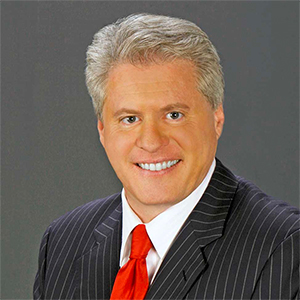

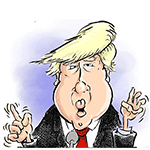

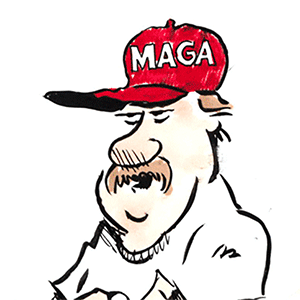
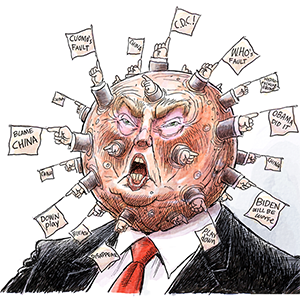

Comments